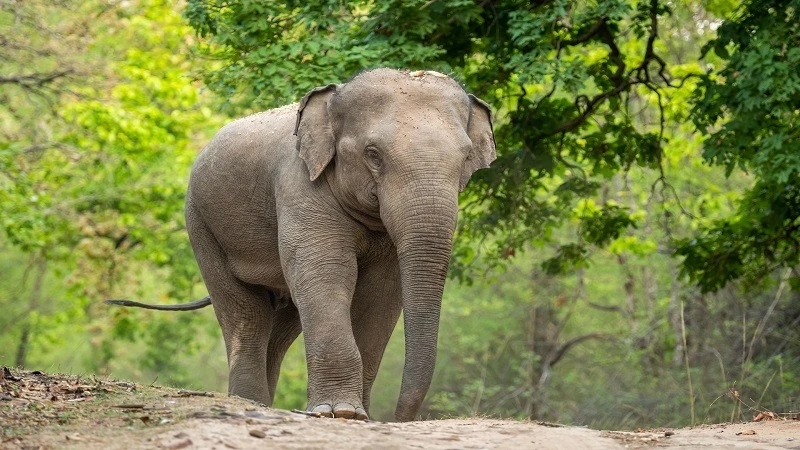Tarangire: Two sets of rare elephant twins for collaring

TARANGIRE National Park managers plan to collar two sets of rare elephant twins born between 2018 and 2022 and explore the possibility of more twin births in the conservancy.
Upendo Massawe, the park CEO, cited this development at a briefing on the park's achievements over the past four years, noting that twin elephant births are an extremely rare phenomenon.
The fact that the park has experienced two such events makes it even more unique, she said, elaborating that the Tanzania Wildlife Research Institute (TAWIRI) is being asked to explore ways of tracking and collaring the jumbo twins for constant monitoring.
"Currently, Tarangire attracts over 400,000 tourists annually. We used to be second after Serengeti, but now trends suggest this park will soon lead," she said, asserting that the ‘Royal Tour’ documentary had chalked up visitor numbers.
Rare sightings of twin elephant births will start being provided to further boost numbers of visitors, in which case the elephants must be collared for easier tracking, she stated.
As most visitors to Tarangire are day-trippers who typically enter the park and leave within a couple of hours after seeing the Big Five, for the park to generate higher revenues it needs tourists who stay at least one night, she further noted.
Dr. Charles Foley, the former director of the Tarangire elephant project run by the Wildlife Conservation Society, in 2018 discovered an elephant named Eloise, giving birth to twins and raising them for eight months, the conservator noted.
"Elephant twins are very rare; they occur in only about 1 percent of the world’s elephant population," scientists assert, as odds are often against the twins surviving.
In 2022, another elephant in Tarangire gave birth to twins in an area known for its clusters of giant baobab trees, around which elephants often prefer to graze.
Tarangire remains East Africa's park with the highest concentration of elephants and is the only park to feature twin elephant calves.
Although it is rare for twin elephant calves to survive, the challenge is even greater for a single mother to manage two competing calves, especially when it comes to suckling them.
It is estimated that over 300 elephants roam the 20,000 square kilometers of the park, located about 120 kilometers from Arusha, along the Dodoma highway. In addition to elephants, zebras are among the park's most iconic and frequently sighted animals.
Tarangire, which spans Monduli, Babati and Simanjiro districts in Arusha and Manyara regions, is the seventh-largest national park in Tanzania, after Nyerere, Ruaha, Serengeti, Mikumi, Katavi and Mkomazi.
The park is named after the Tarangire River, which flows year-round and is the primary water source for wildlife during dry spells. The park is also linked to Lake Manyara by a wide wildlife corridor, with thousands of animals migrating to Tarangire during dry seasons, the conservator added.
Top Headlines
© 2025 IPPMEDIA.COM. ALL RIGHTS RESERVED






















